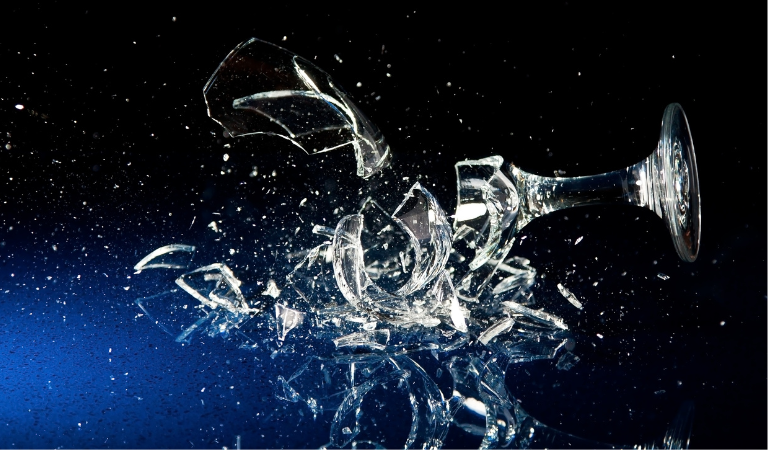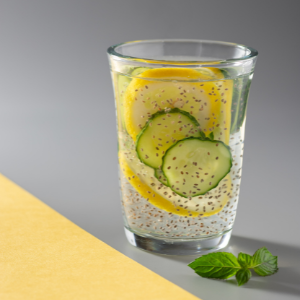Plastic tumblers are excellent for business owners to provide guests with a comfortable and safe drinking experience. Plastic tumblers provide the look and style of glass with the affordability and reliability of plastic. But, not all plastic tumblers are the same.
PC (polycarbonate) and SAN (styrene-acrylonitrile) are two different kinds of plastics used to make plastic drinkware. While PC and SAN plastic do have some similarities, they are two distinctly different materials. In this guide, we break down the key similarities and differences between these two plastics.
What Are The Similarities Between Polycarbonate and SAN Plastic?
There are quite a few similarities between PC and SAN plastic, as they are both used to make glass-like drinkware. One similarity is their clarity, which gives them that glass-like appearance. Both plastics are dishwasher-safe, a crucial benefit in busy restaurants, bars, or other foodservice establishments.
SAN AND PC plastic are also scratch-resistant and shatterproof. However, this doesn't mean that these materials cannot chip or crack when dropped or hit against another rough object — they can still break. But, they are a safer alternative to glass because when glass is dropped, it can shatter and leave sharp edges, which is a safety hazard. Because of their durable construction, SAN and PC tumblers are often used for indoor and outdoor services.
What Is The Difference Between Polycarbonate and SAN Plastic?
One of the most significant differences between PC and SAN plastic is that SAN is BPA-free, while PC plastic is not. BPA — Bisphenol A — is a chemical that has been thought to be harmful to humans. It is used in the production of many plastics, with PC being one of them. BPA is part of the makeup of polycarbonate, so there is no way to make a BPA-free polycarbonate product.
While both plastics are dishwasher-safe, SAN plastic has a longer shelf
life after multiple washes in a dishwasher than PC. SAN can withstand
continuous washes with little to no damage to the cup. After about 100
washes, PC plastic begins to crack. While 100 washes may sound like a
lot, for use in a commercial kitchen, that number can be surpassed
fairly quickly. If you plan to put PC tumblers through the dishwasher
often, they may need to be replaced sooner than a SAN plastic one.
However, SAN plastic does tend to show slight discoloration after many
washes.

Although both materials are durable, one is more likely to withstand being dropped repeatedly or from a higher altitude than the other. PC plastic’s construction is more impact resistant than SAN’s. This means that SAN plastic is more likely to crack when dropped on a hard surface, while PC plastic is not.
Are PC Or SAN Tumblers Better?
There is no definitive answer on whether PC or SAN tumblers are better. Ultimately, it depends on what you’re looking for. If you want a tumbler that will withstand constant drops, then a PC one may be what you’re looking for. Because of its health risks, people try to avoid using BPA plastics so they may opt for a SAN tumbler over one made from polycarbonate. If health and safety are the priority, choosing a SAN tumbler may be the way to go. SAN is also a more reliable option if you operate a high-volume establishment where you plan to put your tumbler through the dishwasher.
Choose The Right Tumbler For Your Establishment
Both PC and SAN are high-quality plastics that are great for making
glass-like drinkware. They both have the same defining features that
make them reliable and durable options for tumblers. They are great for
replacing glass drinkware at your fast-casual restaurant, poolside
service, or cafeteria. The choice between SAN plastic and PC plastic
ultimately comes down to longevity, impact resistance, and health
measures. 






